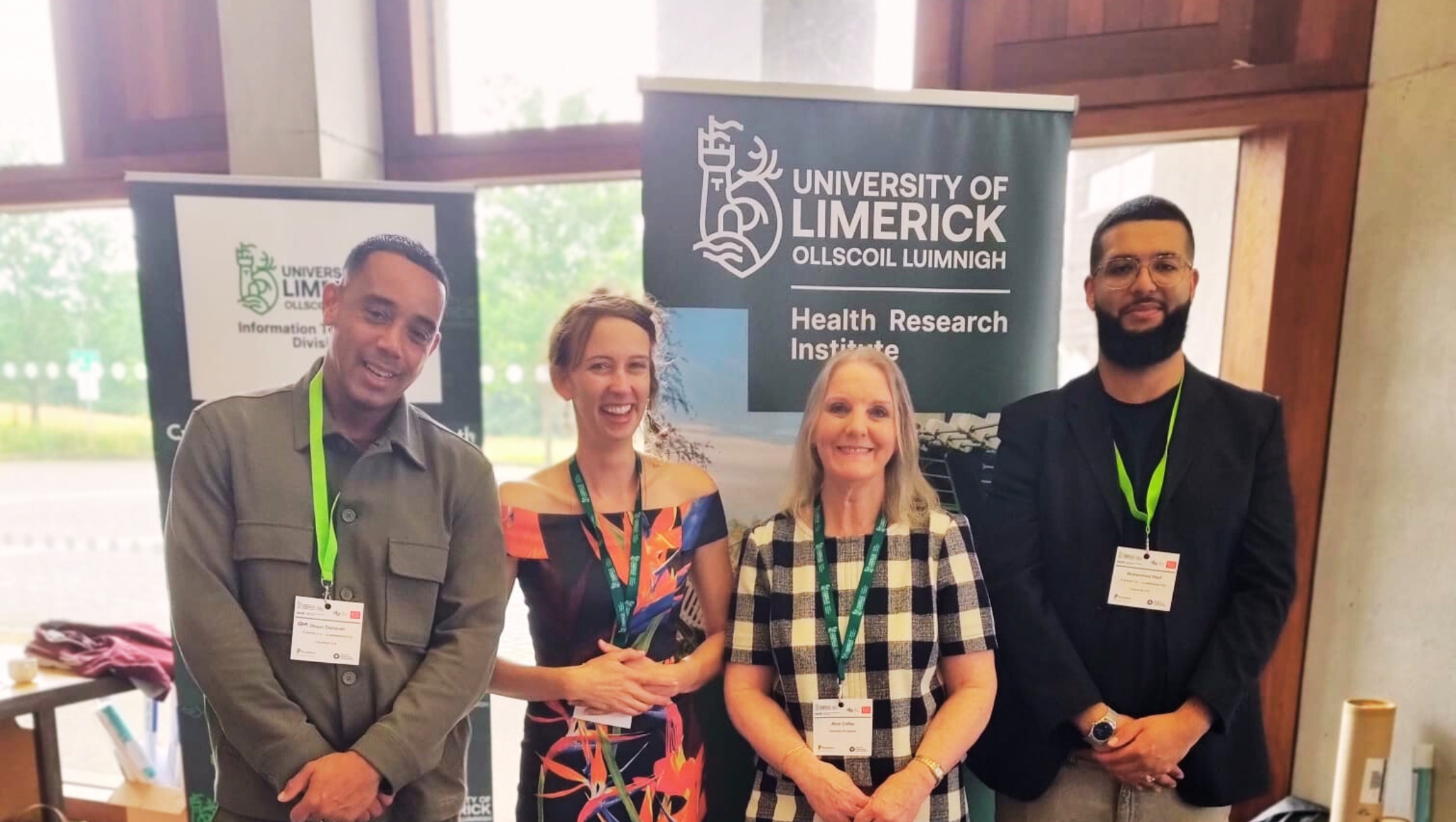

This year NIHR ARC South London co-hosted the annual implementation science research conference as a hybrid event with the University of Limerick. On the 14th of July, Dr Shaun Danquah and Muhammed Rauf presented a plenary lecture at the NIHR Implementation Science Conference title - The Urban Ecology: Research into Action
Centric's Offering
Urban Social Brokerage - Building bridges between our communities and the institutions that serve them.
The core of the Centric journey is built upon our 'Engage, Connect, Activate' framework. We go beyond just engaging communities. We connect with them via our shared empathy, lived experience, and cultural interface. That's when we can activate.
When a man from a South London estate is;
● Furiously writing his next blog on AI
● Developing his own mental health intervention
● Encouraging his community to get involved in research
We have done something right.
This was one of the key highlights from our plenary lecture. As we learned throughout our time in Limerick, the alignment of the community research model and the implementation science field. We met a lot of scientists who appreciate the model that values lived experience and cultural nuance at its core.
We have frameworks that have an impact on a micro and macro level.
Director of Public Voice at NIHR Jeremy Taylor states in his own blog the focus on their work "is about how we engage with communities. It means reaching out and understanding people in the context of their lives - whether that’s in hospital, prison or on the street. It means giving something back in return so our research is not experienced as extractive or exploitative. It means learning about the trauma suffered by some groups, and how this has shaped their perspectives on health, care and research."
When a single mother who has been told her ideas are no good is;
● Revolutionising diet, lifestyle, and nutrition
● Mentoring people like her, who do not have the knowledge she has
● Writing research proposals and working with academics in partnership with some of the largest institutions in the world, such as KCL
We have done something right.
Our model works for communities on the ground, giving them a stake in research processes, ownership over research insights, and a platform to lead the process from design and delivery to implementation - Centric's Continuum Model.
As we say at Centric - "Now that we have found love, what are we going to do with it?"
We started to look at the frameworks and knowledge we have developed to understand and assess how they could be adapted to the field of implementation science. How do you adapt street corner methodology to the science world?
Traditionally, community ideas and innovation tend to bounce off the system.
Through our plenary and lecture, we were able to identify a collaborative approach around community research and implementation science. It is quite clear we are all trying to solve the same problems but from different paradigms.
The single mother with lived experience vs. the academic who is an expert in her field.
Who's best positioned to solve the problems we are all facing? - The answer is neither.
This requires a collaborative approach…
Dr Shaun Danquah and Muhammed Rauf would like to give special thanks to Alice Coffey, Aoife Keohane, and Rahel Naef.
------------

COPYRIGHT 2021. CENTRIC. ALL RIGHTS RESERVED